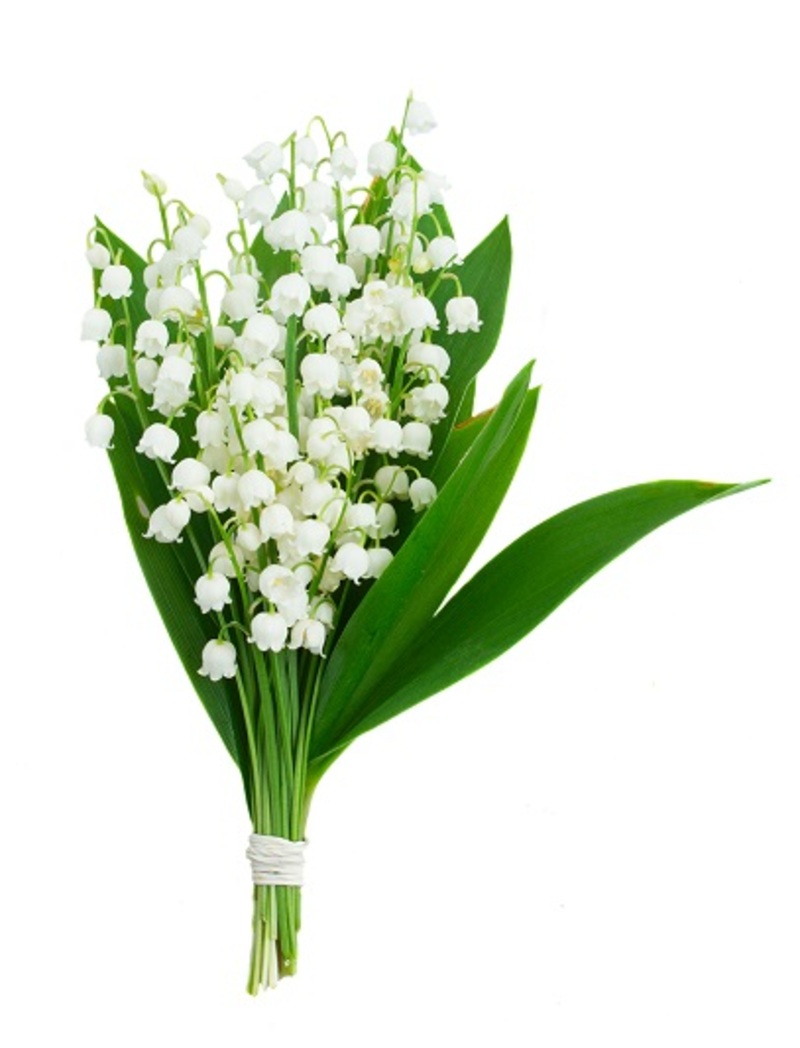
Anemones in Season: A Fascinating Flower Journey
As the seasons change, so does the vibrant tapestry of flowers that paint our landscapes. Among these, the anemone flower stands out, not just for its breathtaking beauty but also for its historical significance and the story it tells. In this comprehensive guide, we will take you on a fascinating journey through the season of anemones, exploring their types, growing conditions, and symbolic meanings.
Understanding the Anemone
The anemone, often referred to as the "windflower," has a name derived from the Greek word anemos, meaning wind. This remarkably delicate flower is part of the Ranunculaceae family and is known for its diverse species, each blooming in a spectral range of colors and forms.
Types of Anemones
Anemones come in varying species, each with its unique charm. Let's explore some common types of anemone flowers:
- Anemone Coronaria: Also known as the poppy anemone, this type is celebrated for its bold, vibrant flowers and is often used in floral arrangements.
- Anemone Hupehensis: Commonly known as the Japanese anemone, these flowers are renowned for their delicate pink and white petals, typically appearing in late summer to early autumn.
- Anemone Nemorosa: Often referred to as the wood anemone, this species thrives in shaded, woodland areas, offering delicate white or pale pink flowers in early spring.
- Anemone Blanda: Known as the Grecian windflower, these charming anemones appear in early spring with daisy-like blossoms in shades of blue, pink, and white.
When and Where Do Anemones Bloom?
Anemone flowering seasons vary significantly depending on the species. Most anemones are perennials, offering a seasonal display of color that gardeners eagerly anticipate each year. Let's delve into the flowering timeframes:
- Spring Bloomers: Anemones like Anemone Blanda and Anemone Nemorosa are among the first flowers to greet spring, bursting into bloom as the winter frost recedes.
- Summer to Autumn Bloomers: Species like the Anemone Coronaria and Anemone Hupehensis start to show their colors from mid to late summer, lasting well into the fall months, making them ideal for prolonged garden interest.
The Ideal Conditions for Growing Anemones
Cultivating anemones involves understanding their preferred growing conditions. Here's what you need to know:
- Soil Requirements: Anemones prefer well-drained soil rich in organic matter. It is recommended to mix in compost or rotted manure to enhance soil fertility.
- Sunlight: While some anemone species like full sun exposure, many prefer partial shade, especially those native to woodland environments.
- Watering: Ensure consistent moisture during the growing season, but avoid waterlogging as this can cause root rot.
- Temperature: Most anemone species thrive in temperate climates but can tolerate a range of temperatures, depending on the variety.
Anemones in Landscaping and Floral Design
With their alluring looks and seasonal variety, anemones have found a special place in both landscaping and floral design. Here are some creative ways to incorporate them into your designs:
- Garden Borders: Use anemones to define edges and add vibrant splashes of color to garden borders and pathways.
- Rock Gardens: Ideal for rock gardens, species like Anemone Blanda provide a natural-looking aesthetic with their low-growing habit and cheerful blooms.
- Cut Flowers: Anemones are popular in bouquets and floral arrangements, offering a captivating focal point with their striking colors and forms.
- Companion Planting: Pair anemones with spring bulbs like daffodils and tulips, or with foliage-rich perennials for a harmonious garden display.
The Symbolism and Cultural Significance of Anemones
Beyond their aesthetic appeal, anemones carry rich symbolic meanings. In many cultures, they represent anticipation due to their unique trait of opening their petals only when sunlight is present. They are also seen as symbols of protection against evil and bad luck in various traditions.
In Greek mythology, the anemone is linked to the love story of Adonis and Aphrodite, symbolizing love and loss. This historical reference adds a romantic and poignant aspect to the flower's allure.
Tips for Maintaining Anemones Throughout the Year
To ensure your anemone flowers flourish year after year, consider the following maintenance tips:
- Deadheading: Regularly remove spent blooms to encourage new growth and prolong the flowering period.
- Division: Divide overcrowded clumps every few years to maintain plant vitality and improve flowering.
- Pest Control: Monitor for common pests like slugs and snails, applying organic pest control methods if necessary.
- Winter Care: In colder climates, apply a layer of mulch over the root zone in late autumn to protect the plants from severe frost.
Conclusion: The Enduring Charm of Anemones
The captivating journey of anemones in season offers both a visual feast and a deeper connection to nature's cycles. Whether you're a seasoned gardener or new to the world of flowering plants, the eternal elegance of anemones promises to enrich your garden and captivate your senses throughout the seasons. Embrace their charm and let these enchanting blooms transform your landscape, one season at a time.
For those passionate about floriculture, understanding the delicate dance of anemones as they transition through their blooming cycles is a rewarding endeavor. By sharing this knowledge and enhancing our collective appreciation for these beautiful flowers, we continue the legacy of wonder that anemones have inspired for centuries.


